Charles Leclerc has taken to the track at Fiorano with a heavily modified SF-24, seemingly adopting the evolutionary package planned for the Emilia Romagna Grand Prix at Imola next week.
At first glance, it can be noted the area most affected by the changes concerns the sidepods.
The inlets have been modified and are now characterised by an upper lip which partly conceals the inlet section.
Unlike the Red Bull RB20, the concept of which it is inspired by, it does not feature an inclined slit, but rather maintains the previous vertical section and is only slightly angled at the outer edge.
The lower edge of the sidepods is much more rounded than the previous version, with the lower channel accentuated and forming a sort of ‘lozenge’ section towards the rear of the component.
Viewed by others:
The work of the aerodynamicists, directed by Diego Tondi, is very interesting, even at the level of the cockpit where there is a clear change to the vertical separating profile.
It is no longer connected to the Halo but rather extrudes outward. Above all, the air vent of the bypass duct has disappeared and is incorporated into the bodywork which, at the level of the engine cover, presents a section that sees an increase in height, up to the level of a single vertical vent.
The engineers were able to use the hot airflow in a more effective way to energise its direction toward the rear end.
In practice, there is a splitting of the flow that passes around the cockpit, partially from the sides of the headrest and in the lateral section.
Regarding the changes to the sidepods and the floor, the latter, for the moment, is not visible from the first images from Fiorano.
Such changes can increase this car's downforce points, without affecting the excellent balance that the car has possessed since the beginning of the season.
In the details, you can see how the inlets are now characterised by an upper lip which partly hides their vertical section (1).
The lower channel (2) is accentuated thanks to a more rounded area of the vertical portion of the sidepods.
The channel extends and widens towards the rear section, increasing the passage of the airflow to the rear (3).
The study of flow and its energisation through an increase in the vertical section of the hot air grill, followed by a lowering of the rear section of the bodywork, is generated by a deep channel which is decidedly interesting and refined.
On the sides of the cockpit (4) the vertical separating profile is no longer connected to the Halo but its top is bent outwards. The outlet air intake of the bypass duct has then been incorporated into the new shape of the bodywork towards the single vertical slot on the engine cover.
Most read
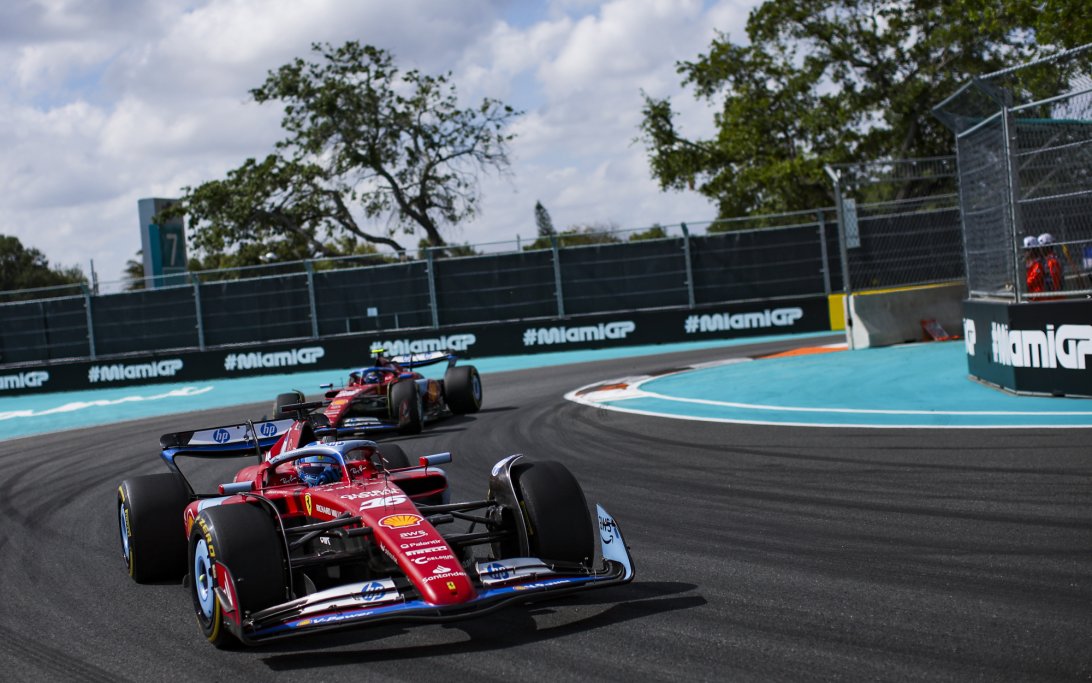



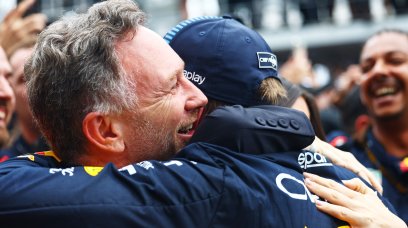

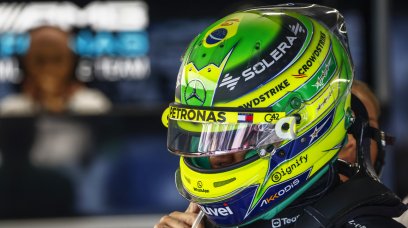

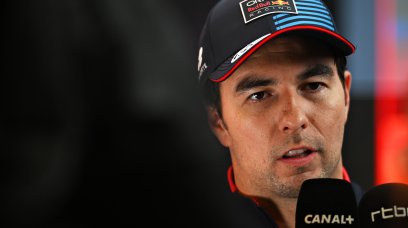
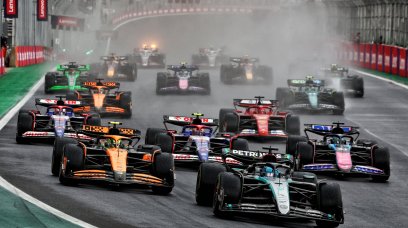














Join the conversation!